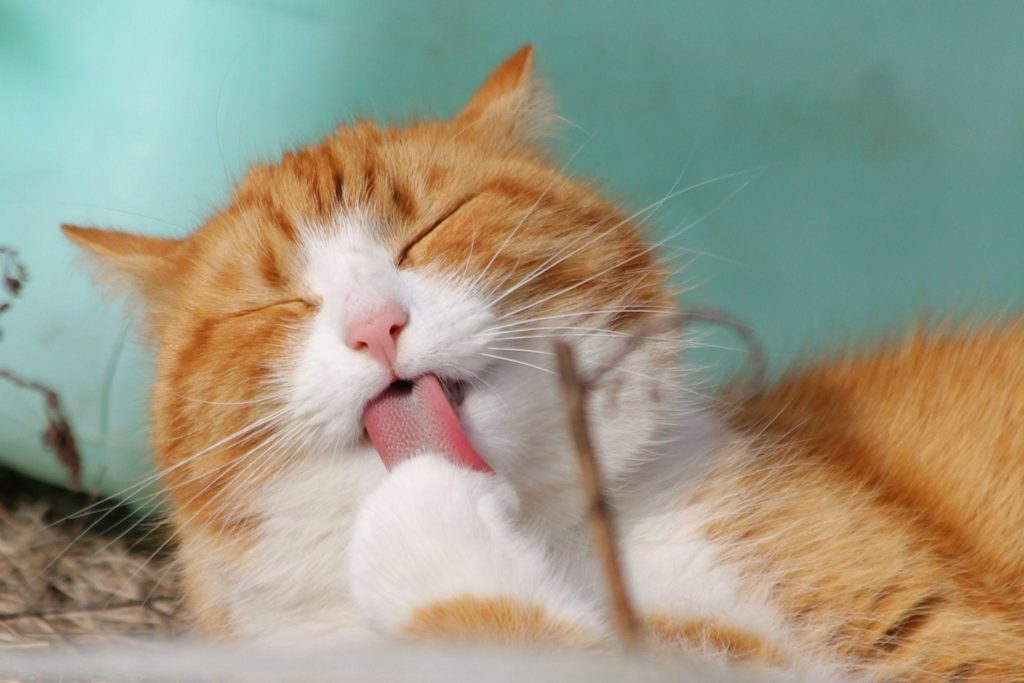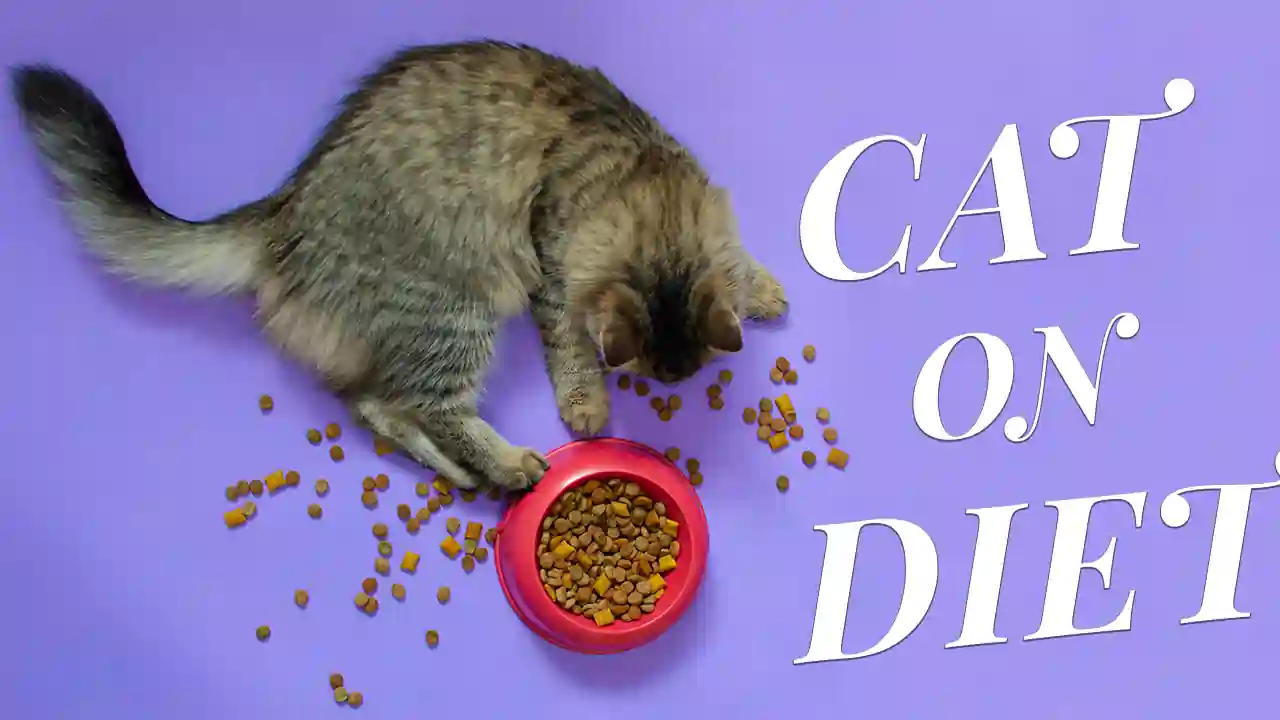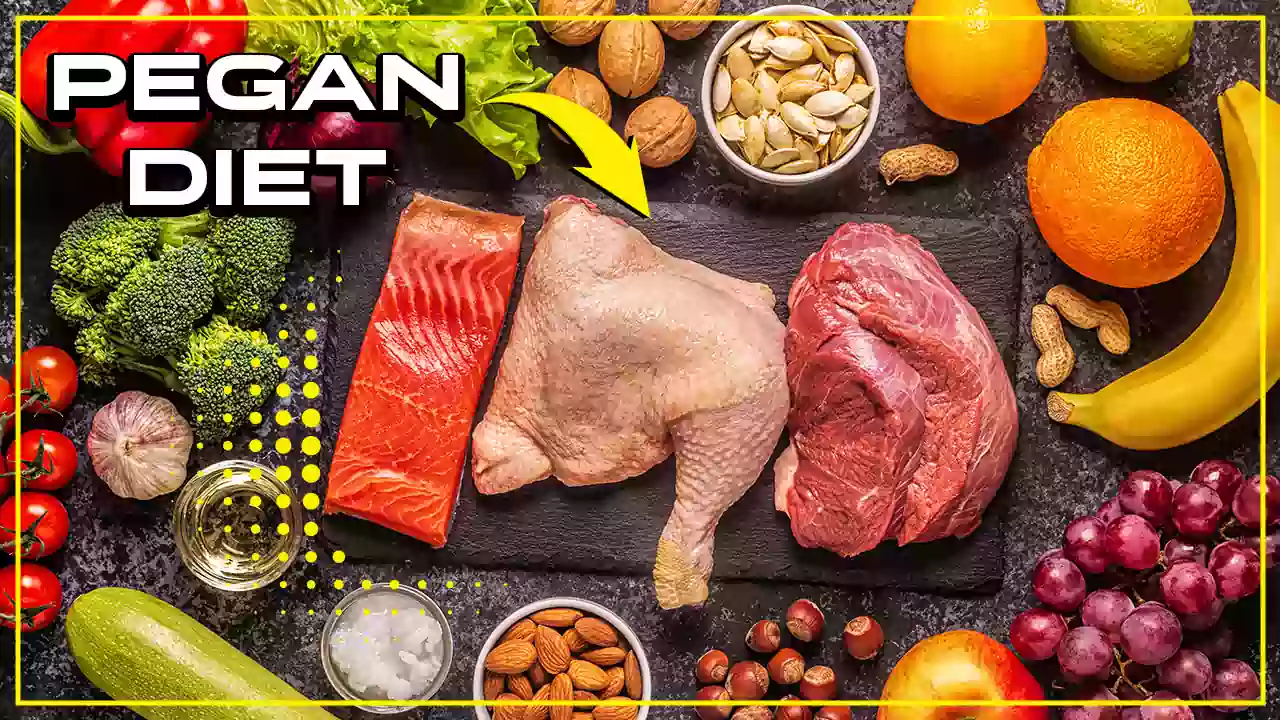You must love it when someone compliments your cat and would say how fluffy he/she is. It feels so good to hold him/her. But do you know this fluffiness or fat can lead to serious health issues for cats? That you might lose them forever? To avoid such situations, it is important if you observe your cat becoming obese, you put him/her on a diet. No matter how funny or unusual it sounds, it is necessary for your favorite pet’s survival. So how to put a cat on a diet? Let’s solve this mystery.

Why Would You Put Your Cat On A Diet?
So first let’s look at the probable reasons why you would want to put your cat on a diet. First of all, an obese cat cannot behave like a cat. Yes, you heard it right. A cat is meant to have a lifestyle in which it hunts, climbs, or explores, all essential things for its better growth. Pet cats cannot do all these things but do find alternatives to enjoy these activities like playing with a ball, climbing your stairs, and roaming around places with you. An obese cat finds it hard to move around this much.
Another reason is serious health issues. Obese cats develop the risk of getting diabetes, osteoarthritis, urinary tract diseases, and hepatic lipidosis which can lead to poor health or even death. To keep your cat’s lifestyle active and keep her away from all these evil diseases, you need to put your cat on a diet, if it’s becoming obese.
How To Put A Cat On A Diet?
Once you’ve determined all the factors pointing out that your cat is becoming obese or at a high risk of becoming obese, it’s time to put it on a diet. So, what? Will I just stop giving it food? Or would it make it go on a chicken or broccoli diet only? Well, no. Cats are different from humans and so is their diet routine. Here we’ll tell you how to put a cat on a diet.
1: Find out if your cat needs to lose weight
Find out body condition score: How would you know if you need to put your cat on a diet or not? You can know that by taking the body condition score of your cat. It helps determine the cat’s ideal weight. The body condition score can be calculated based on the visibility of the cat’s ribs, waist, and the level of movement their vertebrae show. Rate your cat’s score from one to five- one being weak and five being obese. The ideal score is considered to be three.
Take your cat to a vet: Once you are done with your cat’s body condition score and it came out 4 or above, it’s time to take your cat to the vet to seek guidance and a diet plan. The vet will perform a physical checkup of your cat to see if your cat is putting on weight just because of overeating or it’s because of some medical condition. Once the picture is clear, the vet will help you design a plan to make your cat fit including a controlled diet, exercise, or metabolic diet.
2: Put your cat on diet by restricting caloric intake
Manage their caloric intake: Your vet will devise a meal plan for your cat which will be fulfilling its nutritional needs by providing all essential nutrients. Divide their meals into small portions over the day and make those meals rich in fiber and protein while keeping fat and carbs content very low.
High fiber and protein will keep your cat satiated for a long time. Also, make sure they have access to enough water, as water increases the volume of food in the stomach and keeps them full for a long time. You can also put them on formula cat food specially made for weight loss; only if it suits their needs.
Sweat them out (Make them exercise): Make them work out as well. Not with dumbbells, of course, but by setting up different games which involve running, jumping, and chasing. Such activities will help in the cat’s weight loss significantly. Cats love to play with various objects so adding toys, laser pointers, or treat balls in those games would be a good option.
Long-term weight management: Losing weight is not a one-time thing, but it should be maintained to avoid any serious medical conditions. So, when you are trying to make your cat lose its weight, you can try feeding your cat via automatic feeders or food puzzles, so their meals can get scheduled and involve some physical activity as well.
Tips
To make sure that your cat has been dieting well, keep these tips in mind while putting your cat on a diet:
- Divide the cat’s food into 5 portions for a 24-hour period. Do not leave free food in the house for the cat to feed on.
- Try switching up the location of meals to vertical spaces, so your cat can perform more physical activity.
- Try feeding your cat through puzzle feeders. It will help stimulate both their mental and physical health. You can also play with them with fishing rods, balls, and laser pointers to make sure they roam around a lot.
- Keep a regular check on your cat’s weight and body condition by performing regular body condition scoring.
- Make sure that there is always plenty of water there to drink from.
- Even though they are on diet, never compromise on the nutritional value of the meal, and make sure to consult your vet in this regard.
Conclusion
We all love to cuddle our fluffy cats, but if that fluff is making them suffer from obesity, then the choice is easy to make. We will love them even without all that fat. So, as soon as you observe your cat showing any symptoms of obesity, take it to the vet and put it on a diet. Whether your cat likes it or not, it’s a necessary thing to do.

I look up to fitness as a lifestyle and love to pen down about it. I have 2 years of experience in content writing and I am here to share my research and knowledge on health and fitness.













